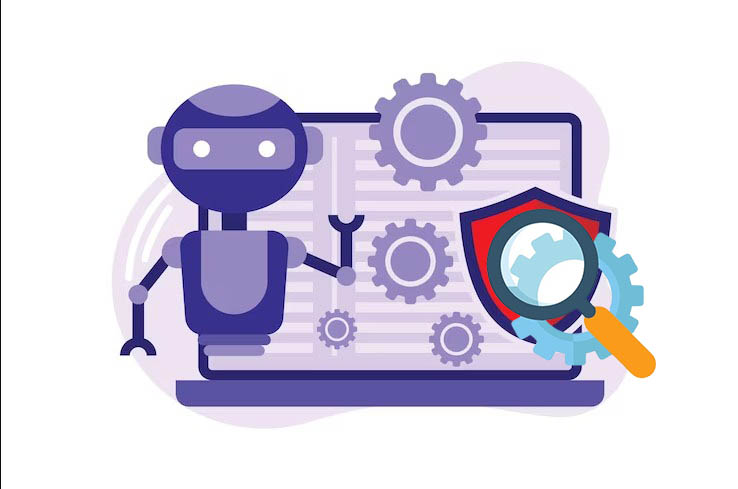GoodQL, quality control, is a fundamental part of manufacturing and production sectors with quality prospective as the principal goal. Lot testing, which is a part of the control of quality, encompasses an examination of the material that constitutes a batch or a given quantity, known as a “lot”. The aim here is to check whether the units made are uniform in quality, and the lot is produced consistently; all clones will be of the same high quality so that you get the same high-quality product repeatedly.
What IS LOT Testing?
Lot testing is carried out by scrutinizing and software testing services India specific group of product units derived from the batch or assemblage (called “lot”) to provide the quality level. In this regard, this is the bottleneck in industries such as pharmaceuticals, automotive, and food production, where accuracy and routine are required for the manufacture of products. It is used to detect whatever may be present and to assure that the goods are safe and reliable and they match the customers’ needs and desires.
For instance, AI can reduce the time it takes for lot testing by powering different machines such as MRIs in clinical settings.
This essay aims to illustrate that the adoption of Artificial Intelligence (AI) in lot testing is transforming the old method of Quality Control. Here’s how AI is making a significant impact:
Benefits Of AI in Lot Testing:
- Enhanced Precision: With the help of AI, algorithms process in-depth datasets more accurately than people do, and there is a big probability of getting more specific test results.
- Predictive Analytics: AI is capable of doing the same by looking into the historical data where patterns of failure and fault can be found thus quality control tests can be done early rather than always reacting to the defects.
- Automation of Repetitive Tasks: AI can serve as a tool to automate the repetitive test case execution instead of having human testers do it. Moreover, AI will let testers move on to more complex tasks.
- Self-Learning Systems: The artificial intelligence systems can learn from each test cycle thus being able to make improvements at every level of test protocols and production.
- Visual Inspection: AI-based visual inspection tools can discover fests that no humans od even can see, allowing us to have a high level of product quality.
AI Impact That Makes Life Easier
AI-Powered Codeless Test Automation: Provides a Low-Code/No-Code automating testing across web, mobile, desktop and all APIs.
Zero Coding: Deals in a powerful, user-friendly, and scalable manner, otherwise you have to code.
Quality Lifecycle Management: Integrates test design through a change management model for fast quality assurance and maintainability.
All-in-One Testing: It works on web, mobile, API, desktop and packaged apps accordingly only tool to be used.
AI-Powered Features: Automates the test scripts and issues of Jira tools so that manual test scripts are generated.
Native CI/CD Integrations: Plugging into your CI infrastructure of choice such as Jenkins and Azure DevOps is simple.
Multi-Language Support: Being compatible with Java, Python, C#, Ruby, Perl and R languages.
Cross-Browser Compatibility: Extensive testing with different web browsers is ensured.
Parallel Test Execution: Allows spontaneous of running test cases which leads to a decrease in execution time.
Simple, Fast Test Creation: There is an easy-to-use interface that operates by using the drag-and-drop tool.
Automate Complex Use Cases: Supports features like biometrics authentication and networking virtualization advance use cases.
Scale Quickly & Effectively: Allows for teamwork cross-functionally and betters the non-application of technical scripting skills.
These software testing trends & methods are intended to make the testing a piece of cake, make collaboration feasible, and complete the displayed picture of the software testing. They narrow the gap caused by manual work in making and maintaining tests due to AI and machine learning methods that of course are a catalyst in faster delivering the fully tested software.
Does AI Eradicate Human Tester’s Job?
While it would be safe to say that AI is responsible for a very high percentage of test automation, analysts and testing professionals cannot be eliminated yet. Human expertise is still required for:
Designing Test Cases: Developing the first generation of test cases the AI will go through is the part where human creativity and originality are required.
Interpreting Results: AI offers data, but humans qualify data results applying them to overall aims for quality.
Ethical Considerations: While AI has increased the accuracy of product quality, ethical decision-making may have the same problem.
Creative Problem Solving: At that juncture, the developers are often at a loss, and the test person best knows how to invent unusual ones.
Conclusion:
More specifically, AI is becoming an asset in lot testing by making it more time-efficient, error-free, accurate, and predictive. While human testers bring complementary elements like creativity, problem-solving, and ethics that AI does not, the ethics of AI also play a crucial role in ensuring responsible and fair practices in testing processes. AI testers possess unique capabilities unmatched by other systems, and when combined with human testers, the quality control process is being reinvented. This collaboration leaves no doubt that the great products we rely on to function adequately are in place. The next stage of lot testing paves the way for integrating AIs with humans, leveraging the strengths of both to achieve the best results.



